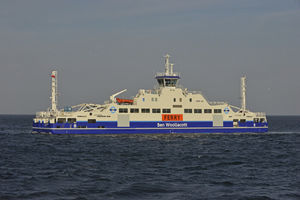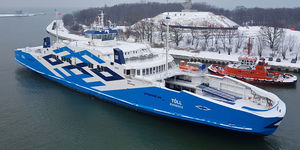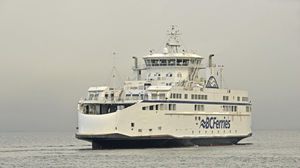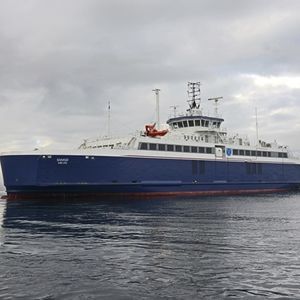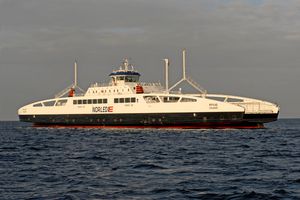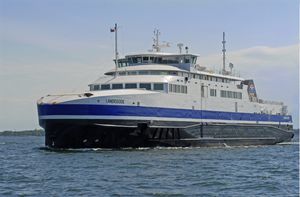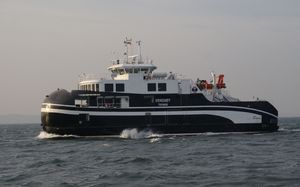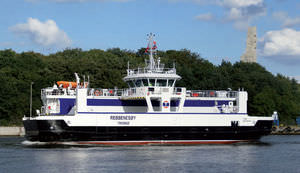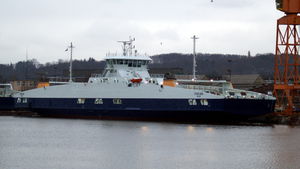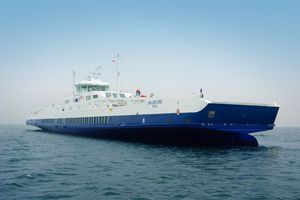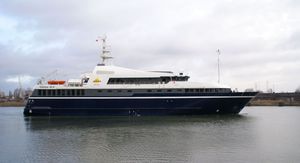

- Products
- Catalogs
- News & Trends
- Exhibitions
Ro-Ro car ferry B619/1-4DNV-GL
Add to favorites
Compare this product
Characteristics
- Type
- Ro-Ro
- Class
- DNV-GL
- Length
114.4 m
(375'03" )- DWT
Min.: 590 t
(650 us ton)Max.: 599 t
(660 us ton)- Width
17.7 m
(58'00" )- Passenger capacity
Min.: 299 unit
Max.: 399 unit
Description
The latest series of vessels delivered to Norled by our Shipyard in 2020-2021 included four hybrid, battery-powered double ended car passenger ferries.
They represent a new generation of ferries that meet stringent international regulations with regards to harmful and GHG emissions. In fact, they are the most energy efficient vessels in their class which is a result of a number of energy saving solutions incorporated onboard (covering systems such as e.g. HVAC, lighting, control of pumps, etc.) and, above all, the state-of-the-art Diesel electric hybrid system. In normal operation, all required power is drawn from two battery packs. These are recharged from the shore grid during unloading/loading, which typically takes about 11 minutes. A fast charging solution is therefore used to ensure that the batteries maintain their required state of charge. The ferries operate in the area of Norwegian fiords serving four local connections. First ship from this series – Festøya – has been awarded the Shippax Award 2021 being the most prestigious award in the combined ferry, ro-ro and cruise industry.
DECK EQUIPMENT
Two (2) hydraulically operated flaps;
One (1) hydraulic anchor winch;
Two (2) hydraulic capstans;
Integrating with a shore-based battery charging solution;
Integrating with a shore-based automatic mooring solution.
Catalogs
No catalogs are available for this product.
See all of Remontowa‘s catalogs*Prices are pre-tax. They exclude delivery charges and customs duties and do not include additional charges for installation or activation options. Prices are indicative only and may vary by country, with changes to the cost of raw materials and exchange rates.

